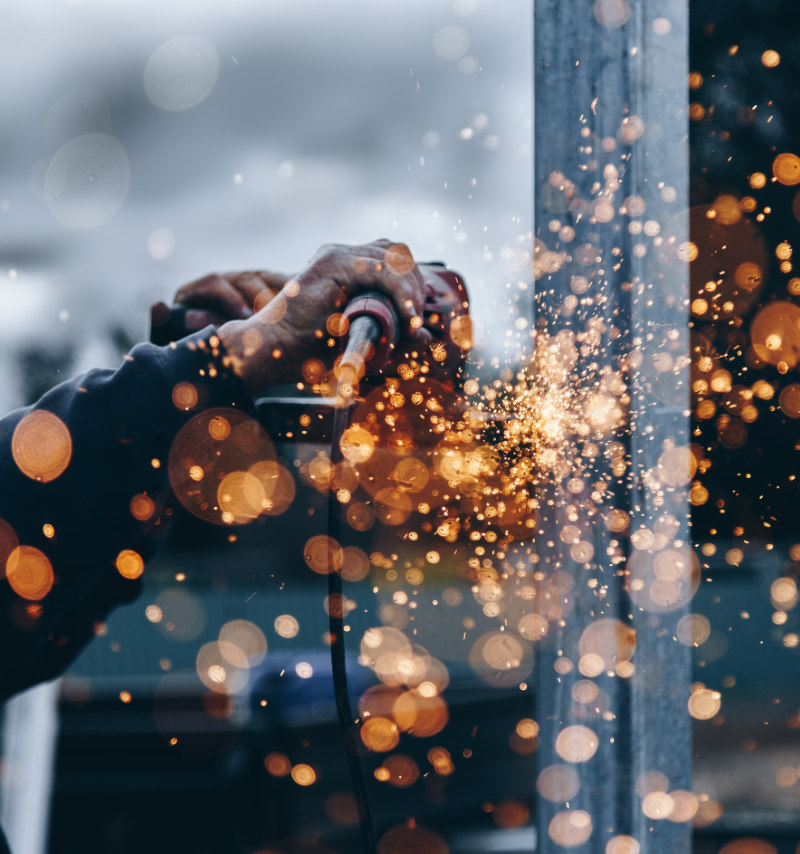Hearing Protection
Book an AppointmentWorkplace
Workplace Hearing Protection. One of the leading causes of hearing damage is exposure to loud noises, be that through work or recreationally.
According to the Work Health and Safety Regulation 2011, the legal limits of noise exposure can be summarised as:
(a) An 8-hour equivalent continuous exposure at 85 dB(A) or
(b) A peak sound pressure level of 140 dB(C)
This means that that if during an 8-hour shift the average noise level entering a worker’s ears is 85 dB or higher, then they are exposed to excessive noise. The limit under (b) deals with impact or explosive noise such as noise from falling tools or the firing of nail guns, which, if exceeding the exposure limit, may create an immediate risk of hearing loss.
To do its job properly, hearing protection must reduce the level of noise entering the ears to below the legal limits. Hear Check can advise on and evaluate your hearing protection against the national standards, as well as supply customised hearing protection solutions.
Recreational
Work place hearing damage has been well documented for decades, and legislation is helping to reduce it, but there is much concern about the evolving research as to the damaging effects of recreational noise, particularly in children, adolescents, and young adults.
This is attributable to the activities common to younger people that involve loud levels of music at concerts, bars, sports arenas and even gyms, and especially personal audio systems. Coupled with this, there are currently no universal standards to limit exposure to recreational noise.
Or click here to complete our online form.


